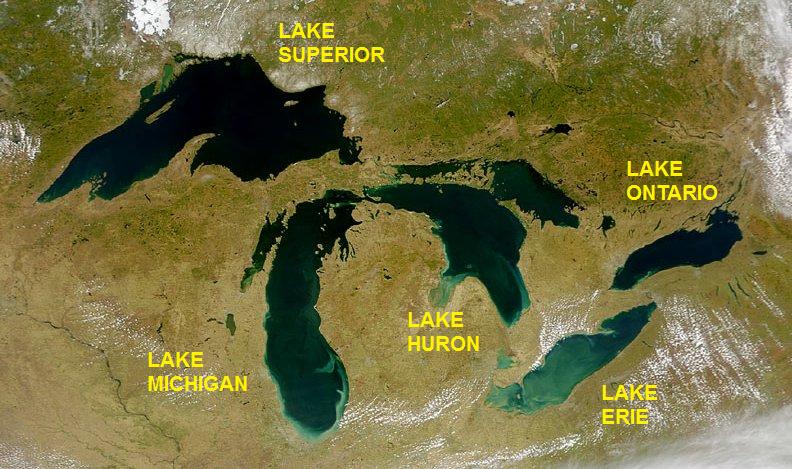About the Great Lakes
In the United States, the Great Lakes basin comprises parts of the states of Minnesota, Wisconsin, Illinois, Indiana, Michigan, Ohio, Pennsylvania, and New York. In Canada, parts of the provinces of Ontario and Quebec contribute to the Great Lakes basin.
It is estimated that the region’s gross domestic product is USD $5.8 trillion, or roughly 28% of combined U.S. and Canadian economic activity. The region supplies 46 million jobs, or nearly 30% of the combined U.S. and Canadian workforce.
RISC has been generously funded by the Great Lakes Protection Fund in part because of the opportunities it presents to reduce peak urban flows, thereby reducing nitrogen and phosphorus loadings into the lakes, as well as demonstrating a new approach to financing and optimizing the performance of distributed green infrastructure.

